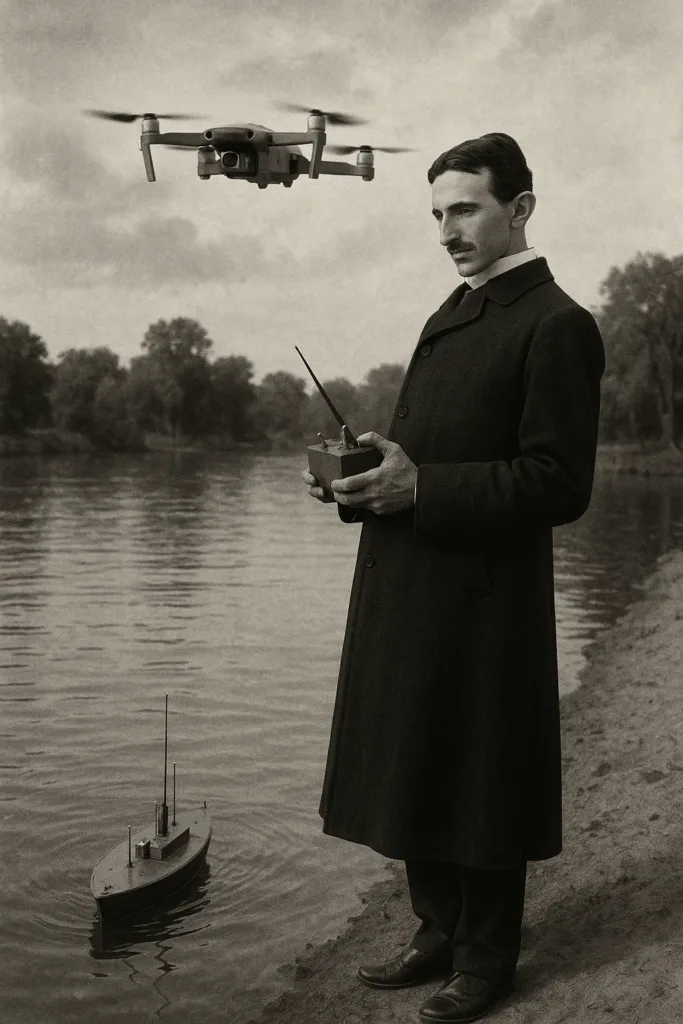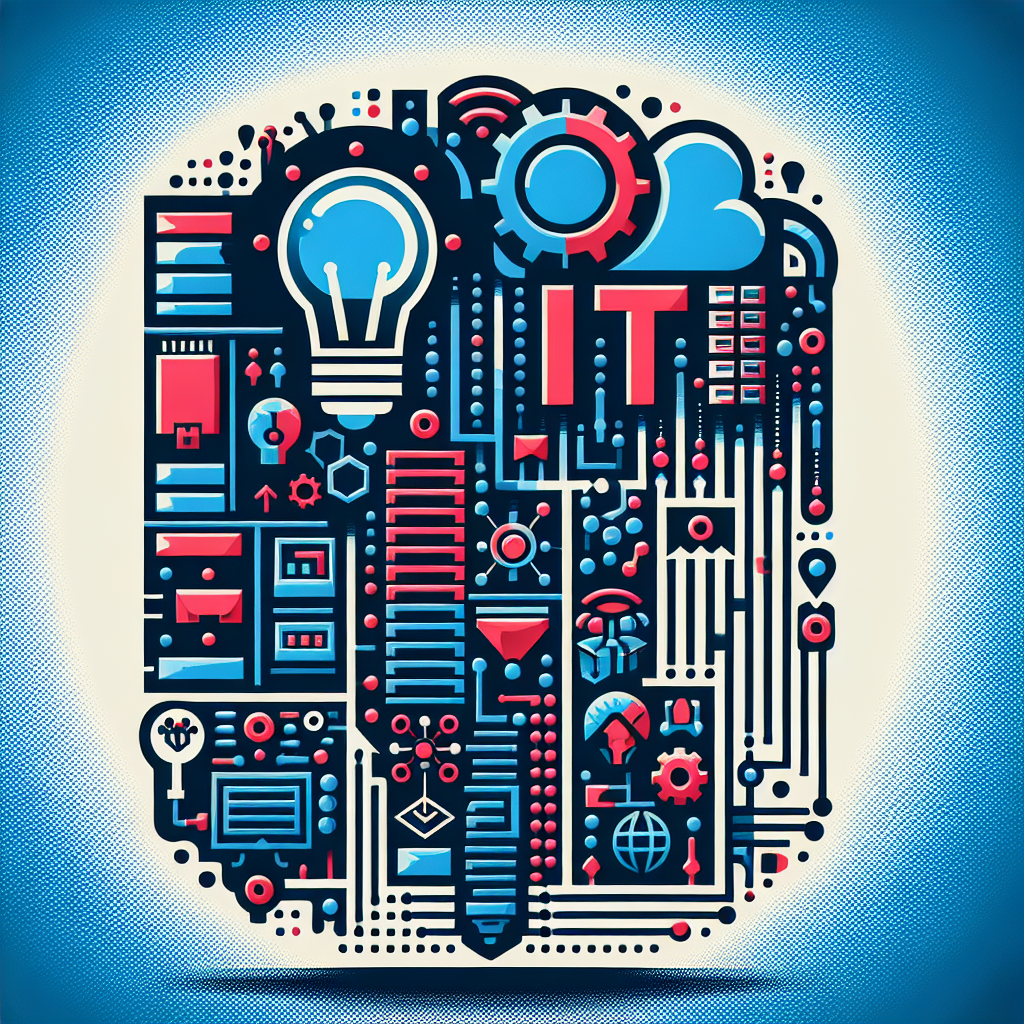Since 1893, Nikola Tesla had been developing technologies based on wireless transmission of energy and signals. These works marked a turning point not only in the evolution of radio technology, but also in the early development of automation and robotics. His pioneering solutions for eliminating noise and interference in radio signal transmission made wireless communication practical, and one of his most important breakthroughs was remote control.
The First Demonstration of Teleautomatics – In 1898
At the 1898 exhibition in Madison Square Garden in New York, Tesla introduced the world to the first device remotely controlled via radio waves – a small metal boat (a teleautomaton) maneuvered by commands from shore. At a time when even basic concepts of radio communication weren’t widely accepted, this experiment was revolutionary.
Tesla’s Radio-Controlled Boat Construction
The Boat (Teleautomaton)
- Metal hull with a propeller and rudder
- Electric motor powered by a battery
- Mechanisms for receiving and processing radio signals
- Electromagnets controlling the motor and rudder
The Control Device (Transmitter)
- Tesla used so-called “Hertzian waves” to transmit wireless commands
- The transmitter emitted pulses of different frequencies
- The onboard receiver decoded the impulses and executed appropriate functions
Digital Logic Before the Digital Age
Tesla used binary impulses as control commands:
- Turning the motor on/off
- Steering left or right
This was, in essence, an early form of digital logic, decades ahead of modern digital computing.
Antenna and Receiver System: Closed Loop with Capacitor
In his autobiography My Inventions (1919), Tesla described a receiver system that used a closed loop with a capacitor, which made the system more resistant to interference and more precise in signal reception.
Structure of the Receiving System:
- Closed loop (loop antenna): Circular or rectangular conductive loop, more selective than standard antennas
- Capacitor: Adjustable resonant frequency using an LC circuit (inductance + capacitance)
- Coherer: A glass tube with metal filings, used to detect radio waves
- Electromechanical switches: Activated by signals to control the motor and rudder
Tesla’s Patents in Teleautomatics
Tesla filed several key patents:
- US Patent 613,809 (1898) – “Method of and Apparatus for Controlling Mechanism of Moving Vessels or Vehicles”
- The first detailed specification for remote control via radio waves
- US Patents 723,188 and 725,605 (1903) – Expanded the ideas to automatic machines, torpedoes, and even robots
Visions of the Future: Far Ahead of His Time
Tesla did not view this technology as a mere scientific curiosity. As early as 1898, he proposed the creation of automatic vehicles capable of:
- Performing tasks without human presence
- Operating across large distances
- Appearing to possess intelligence
He even envisioned self-driving cars and flying machines that could be remotely controlled – a concept remarkably similar to today’s drones and autonomous vehicles.
The “Mad Scientist” Who Saw Further Than Anyone
Because of these claims, Tesla was often ridiculed, and his work marginalized. Many thought of him as a fantasist because the world wasn’t ready for his ideas. However, time has shown that Tesla was actually the forefather of modern drones, intelligent robots, autonomous systems, and artificial intelligence.
A Philosophical View: Are We Automata Too?
In one of the deepest passages of his autobiography, Tesla expressed the belief that humans are also “automata” – beings that respond automatically to external stimuli, lacking true free will. This idea, inspired by mechanistic philosophies like those of Descartes, raises profound questions about consciousness, autonomy, and intelligence – issues still explored today through AI research and neuroengineering.
Conclusion
Tesla’s 1898 experiment marked the first steps toward modern automation, and the beginning of a technological dream that is coming true before our eyes. His teleautomatics is a visionary bridge between the electric era and the digital age we live in today.
MilovanInnovation will explore Tesla’s thoughts on consciousness, human behavior as automatism, and the connection between humans and machines in future articles.


Leave a Reply